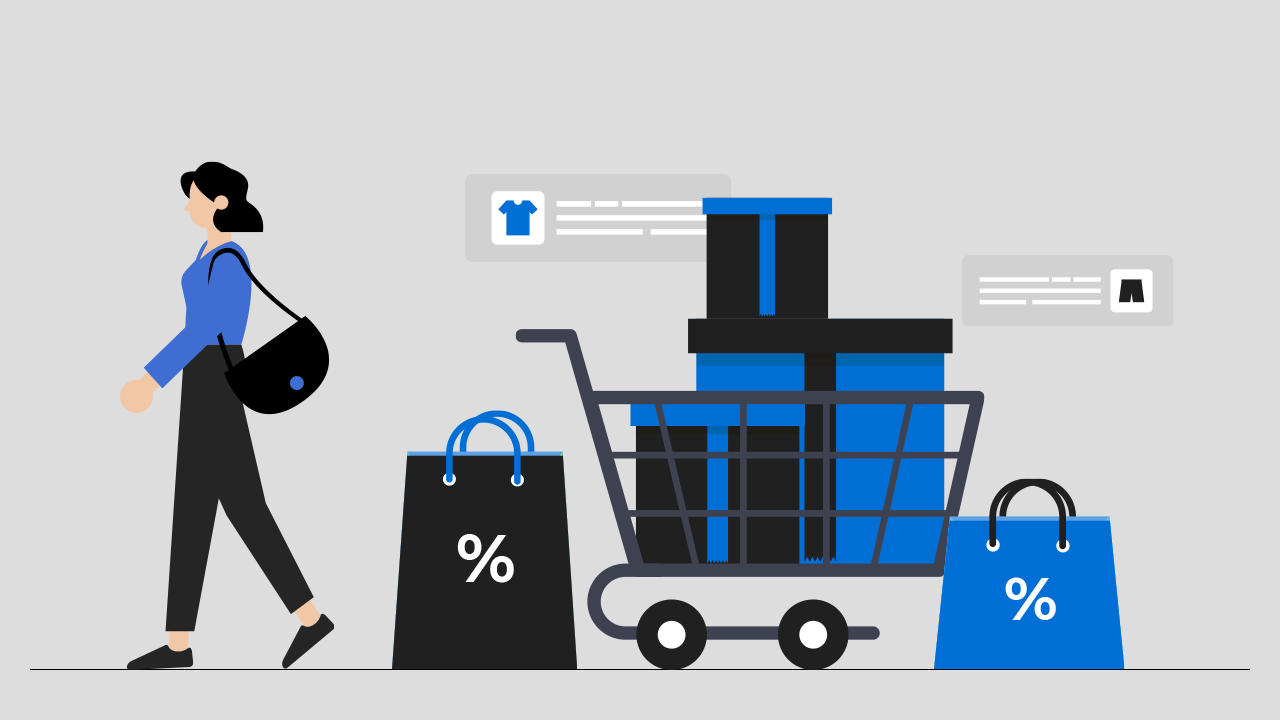By 2029, the e-commerce market is expected to have around 446.1 million users. If you’re a business owner, having an online shopping platform is essential. This is why, every other day, new technologies and innovations are taking birth in the e-commerce sector. One such revolutionary instrument is Click to Pay. It is a seamless online payment method that doesn’t require users to fill out long forms, wait for a long time, or remember their account details. From Mastercard and Visa to American Express, there are major card firms that are supporting this one-click checkout solution.
However, one of the key benefits of Click to Pay is reducing card abandonment rates for businesses. How does it do that? In this blog, we’ll discuss six ways in which Click to Pay helps boost conversion rates and benefits businesses.
1. Faster Checkout Process
Did you know that over 19% of users abandon their carts because the checkout process is taking too long? As a business owner, this is an area that needs to be looked at. Click to Pay offers a one-stop solution for your checkout worries by saving users’ card and bank details for repeated checkouts. After initial registration and details entered, the user can access easy checkouts with just one click for different stores and orders.
Now, for some delightful stats, businesses can boost their conversion rates by 35% by implementing a streamlined checkout process.
2. No Need to Remember Passwords
What is Click to Pay? It is a checkout solution that removes the need for users to remember their complex passwords for every order. How often do you forget your passwords, only to abandon your shopping cart as it is? Click to Pay removes this hurdle. It’s a universal, password-free solution that stores payment credentials securely. Once users are registered, they can checkout on any participating website with minimal clicks.
3. Mobile Optimisation
More and more people are relying on their smartphones and tablets to do their shopping. Along with websites, businesses need to have a mobile-optimised checkout experience too.
For instance, typing card details and personal information on small screens can be frustrating for many. This could lead to drop-offs and sales losses. Click to Pay offers mobile-optimised checkouts for a hassle-free customer experience.
4. Security and Safety
With major brands like Visa and Mastercard backing the system, users are assured of safety and security throughout. Along with this, Click to Pay uses a tokenisation method to store users’ sensitive data to avoid any safety errors. Each user’s card details are stored in a token generated by EMVOs. This data is only authorised through one-time passwords linked to the user’s phone number and email ID. Other security measures, such as biometrics and passkeys, build trust among customers and improve a business’ loyal base.
5. Broad Compatibility and Multi-Card Setups
From digital wallets to various cards, Click to Pay supports the full range of payment options. This improves customer satisfaction and removes the chances of losing sales due to an incompatible payment method. Click to Pay supports multiple currencies that allow businesses to access foreign customers without any extra investment.
6. Checkout Analytics
Other than faster checkouts and secured payments, Click to Pay offers key insights into customers’ payment methods. This information helps businesses understand the reason behind drop-offs and tweak their platform accordingly. Real-time data allows for the creation of a user-focused and customised checkout experience, improving ROI and maximising sales.
How Does Click To Pay Work?
With only three quick steps, users can enjoy a faster and smoother checkout process. What is it? Let’s unravel:
Step 1: User Registration
Just like most online payment platforms, users have to register. Users would be asked to authorise their phone numbers and email IDs. This ensures safety and security. Then you can add your payment details such as credit card, debit card, or digital wallets. You can do this step through the Click to Pay, from your bank’s portal or the merchant’s website.
Step 2: Shopping Online
People who have registered for Click to Pay will see its icon on the merchant’s checkout page. You can simply click on it and access your card details to complete your order with just a click. It may require OTP or a passkey to authorise the transaction.
Step 3: User Recognition
Click on the Remember My Device option to ensure that the system saves your information. It will help access your favorite payment method and autofill the necessary details with ease. You can do this through different devices such as tablets, PC, or mobiles.
Wrapping Up
As the e-commerce landscape becomes more competitive, reducing friction at checkout has become crucial for retailers. Click to Pay is proving to be an effective solution, not just in reducing cart abandonment but also in driving repeat purchases, building trust, and boosting overall conversion rates. For businesses, it’s no longer just an option but is essential to offer maximum customer satisfaction and sales profits.
